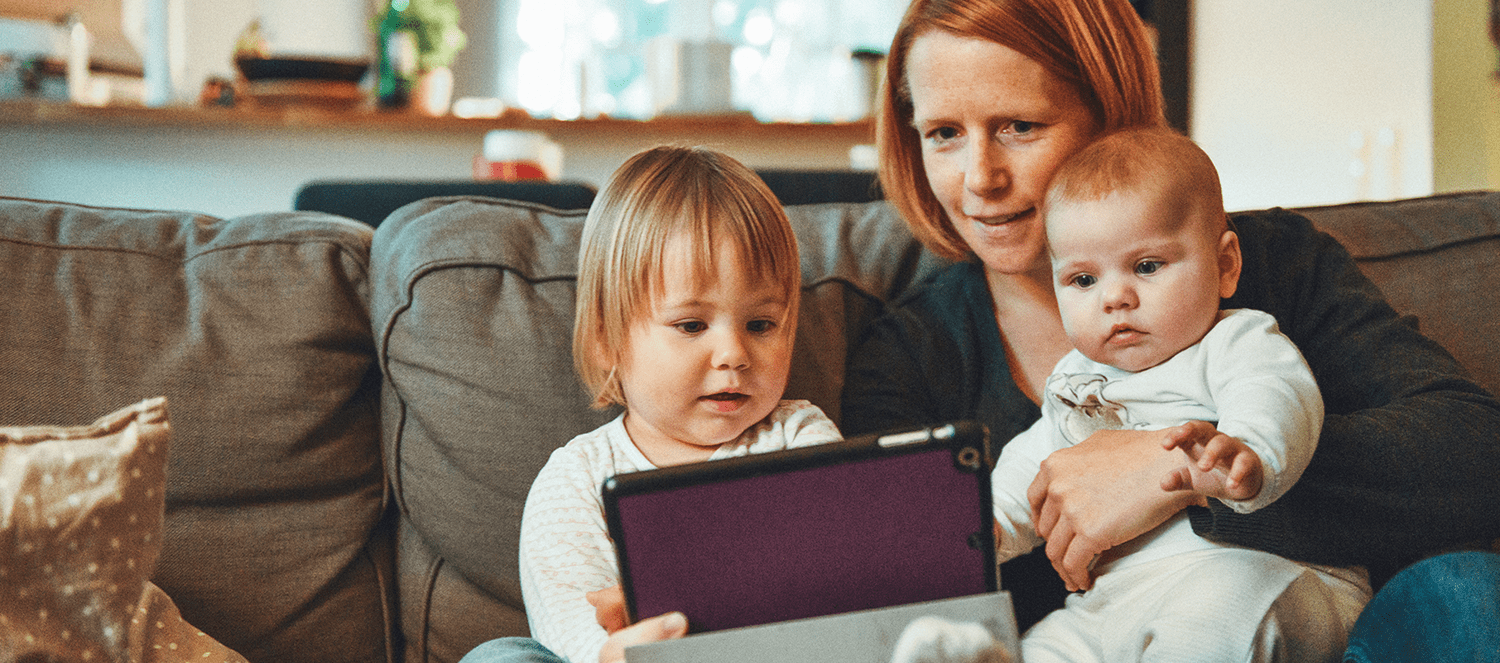
E-toys vs. Books, Blocks: New Study Shows Impact on Parent-Child Interaction
I often wonder about how e-toys effect young children’s language development. With all the marketing hype about talking books, kiddy smart phones and other “educational” electronic toys, what toys should parents buy to support their children’s development? What toys should we, who support families, recommend to families with infants, toddlers and preschoolers?
New research from Anna Sosa, Associate Professor in the Department of Communication Sciences and Disorders, Northern Arizona University explores these questions. She built on Hart & Risley’s long-respected language study linking the number of words children hear from their parents during the early years to later language development.
The Hart& Risley study is the genesis of the highly popularized 30 million word gap that was detected in language heard by children under 3 years old in higher- vs. lower-income households. As noted in a previous KIPS blog, beyond word count, Hart and Risley assessed parenting and found that the quality of parenting mattered more. For their assessment of parenting quality, they coded audiotapes of parent-child interactions to create a parenting index. Their longitudinal study showed that parents’ verbal interactions were stronger predictors, far beyond SES, of children’s language development at 3 years and also at 9-10 years of age.
Assessing Parent-Child Interaction During Play
In the new study published in JAMA Pediatrics, Anna Sosa asked 26 volunteer parents to audio-record their conversations with their infants (ages 10-16 months) during 15-minute play sessions in their homes with: 1) electronic toys, 2) traditional toys, and 3) books. She then analyzed the audio recordings, taking detailed notes of the numbers of adult words, child vocalizations, turn-taking in conversation, parent verbal responses to child sounds, and parents’ toy-relevant words during each minute of play.
Richer Conversations with Books and Blocks than E-Toys
When playing with electronic toys, parents spoke fewer words and used fewer words describing toys than during parent-child play with traditional toys, such as blocks, or books. During parent-child play involving electronic toys, parents spoke an average of 40 words per minute, compared with 56 words per minute for traditional toys, and 67 words per minute with books. Likewise, children made fewer sounds during play with electronic toys than with books. Especially important, when playing with electronic toys, parents took fewer turns in conversation with their babies and responded less to their sounds than during play with traditional toys or books. Books were the clear winners for engaging parents and babies in conversations — in terms of number of words, relevance to the toys and two-way exchanges.
Dr. Sosa commented on the reactions of the babies and parents to the electronic toys:
“Since the toy was providing some feedback to the baby — if they pushed the button, it did something, it made a noise, it lit up — we think that in addition to sort of letting the toys talk for them, the parents also sort of let the toy interact for them.”
Another researcher uninvolved in the study, Psychology Professor at Temple University, Kathy Hirsh-Pasek, commented on Sosa’s results, which were similar to her previous research findings.
“When you put the gadgets and gizmos in, the parents stop talking,”. . . “What you get is more behavioral regulation stuff, like ‘don’t touch that’ or ‘do this,’ or nothing because the books and toys take it over for you.” (http://well.blogs.nytimes.com/2015/12/23/traditional-toys-may-beat-gadgets-in-language-development/?_r=1)
Parenting Assessment Goes Beyond Word Count
It’s refreshing to see that this new study, like the Hart & Risley research, reported aspects of language beyond the simple count of parents’ words. Parents’ turn-taking, child sounds, and responses to babies’ vocalizations represent the early conversations parents have with their babies. As underscored in our previous blog, beyond word count, the quality of parenting during verbal interactions is a striking predictor of children’s language development. Considering the strength of parents’ verbal interactions, imagine the predictive power of adding nonverbal interactions as well! By using a parenting assessment, such as KIPS, to observe both verbal and nonverbal parenting behavior, we can help families learn about their parenting strengths, learn which toys are more engaging to their children, and learn how to more effectively support their children’s development.
